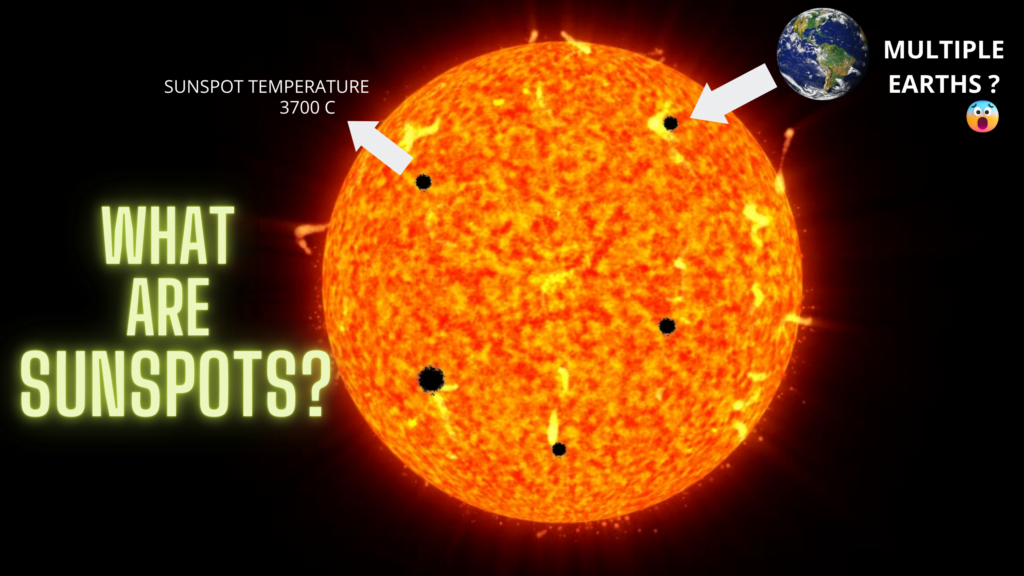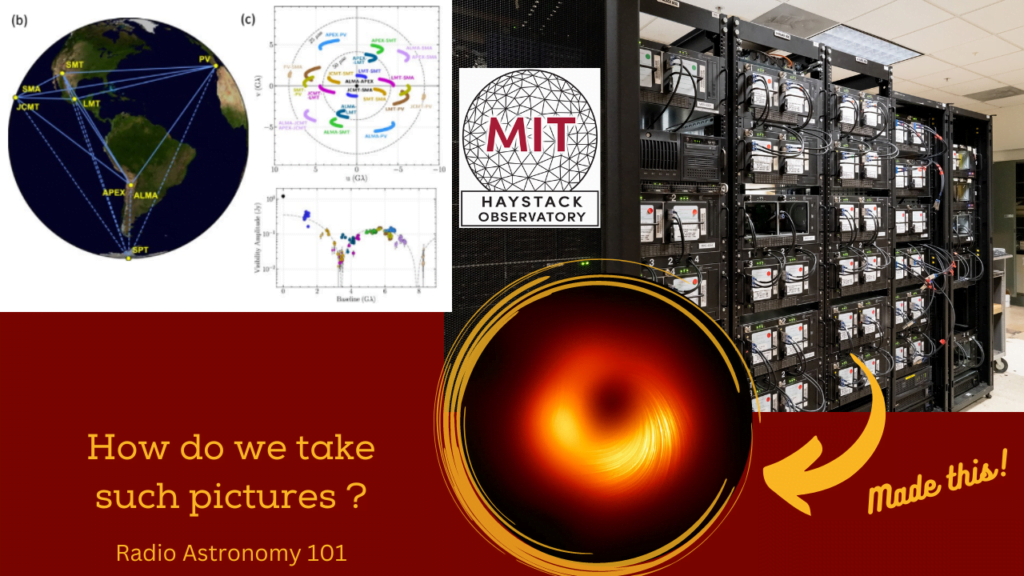The James Webb Space Telescope (JWST) is a revolutionary new telescope that will allow astronomers to see farther into the universe than ever before. One of the most exciting prospects for the JWST is its ability to image the Pillars of Creation, a stunning feature located in the Eagle Nebula. In this article, we will explore what the Pillars of Creation are, why they are important, and what the JWST’s image of the Pillars of Creation may reveal.
What are the Pillars of Creation?
The Pillars of Creation is a set of towering columns of gas and dust located in the Eagle Nebula, a massive cloud of gas and dust located about 7,000 light-years away from Earth. The pillars are named for their resemblance to pillars or columns, and they are one of the most iconic features of the Eagle Nebula.
The Pillars of Creation is also a site of active star formation. Within the pillars, gas, and dust are condensing and collapsing under their own gravity, eventually forming new stars. This process of star formation is one of the most fundamental processes in the universe, and understanding how it works is a key goal of modern astronomy.
Why are the Pillars of Creation important?
The Pillars of Creation are important for several reasons. First, they are a stunning example of the beauty and complexity of the universe. Their towering columns of gas and dust are a testament to the incredible forces at work in the universe and serve as a reminder of the vastness and majesty of space.
Second, the Pillars of Creation is an active site of star formation. Studying the processes at work within the pillars can help astronomers to understand how stars form and evolve. This knowledge is essential for understanding the evolution of the universe as a whole, as stars are the building blocks of galaxies.
Finally, the Pillars of Creation have played a significant role in popular culture. Their striking appearance has made them a favorite among astronomers and the public alike, and they have been featured in countless movies, television shows, and documentaries.
What will the JWST’s image of the Pillars of Creation reveal?
The JWST’s image of the Pillars of Creation is expected to be one of the most detailed images ever captured of this stunning feature. The JWST is a much more powerful telescope than any that has come before it, and it will be able to see much farther into the universe than previous telescopes.
One of the key features of the JWST is its ability to observe in the infrared part of the electromagnetic spectrum. This is important because infrared light can penetrate through the thick clouds of gas and dust that surround the Pillars of Creation, allowing the JWST to see the star-forming regions within the pillars with incredible detail.
In addition to its infrared capabilities, the JWST is also equipped with a suite of advanced instruments that will allow astronomers to study the Pillars of Creation in unprecedented detail. These instruments include a high-resolution camera, a near-infrared spectrograph, and a mid-infrared instrument that can detect the heat emitted by young stars within the pillars.
By combining data from these instruments, the JWST will be able to create a detailed, multi-wavelength image of the Pillars of Creation. This image will allow astronomers to study the processes of star formation within the pillars in much greater detail than ever before.
What can we learn from the JWST’s image of the Pillars of Creation?
The JWST’s image of the Pillars of Creation is expected to reveal a great deal about the processes of star formation within the pillars. By studying the distribution and properties of gas and dust within the pillars, astronomers can learn about the conditions that lead to the formation of new stars.
In particular, the JWST’s image is expected to shed light on the role of magnetic

